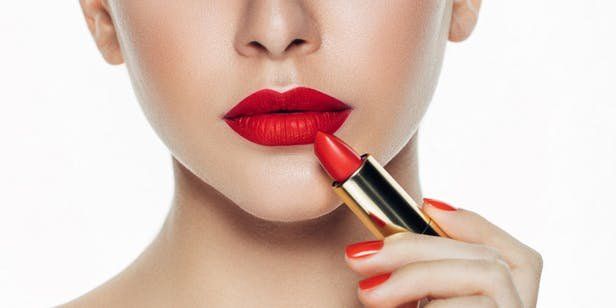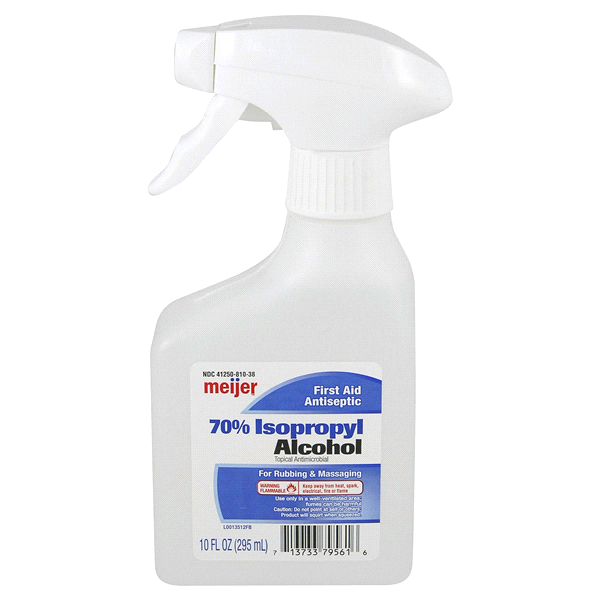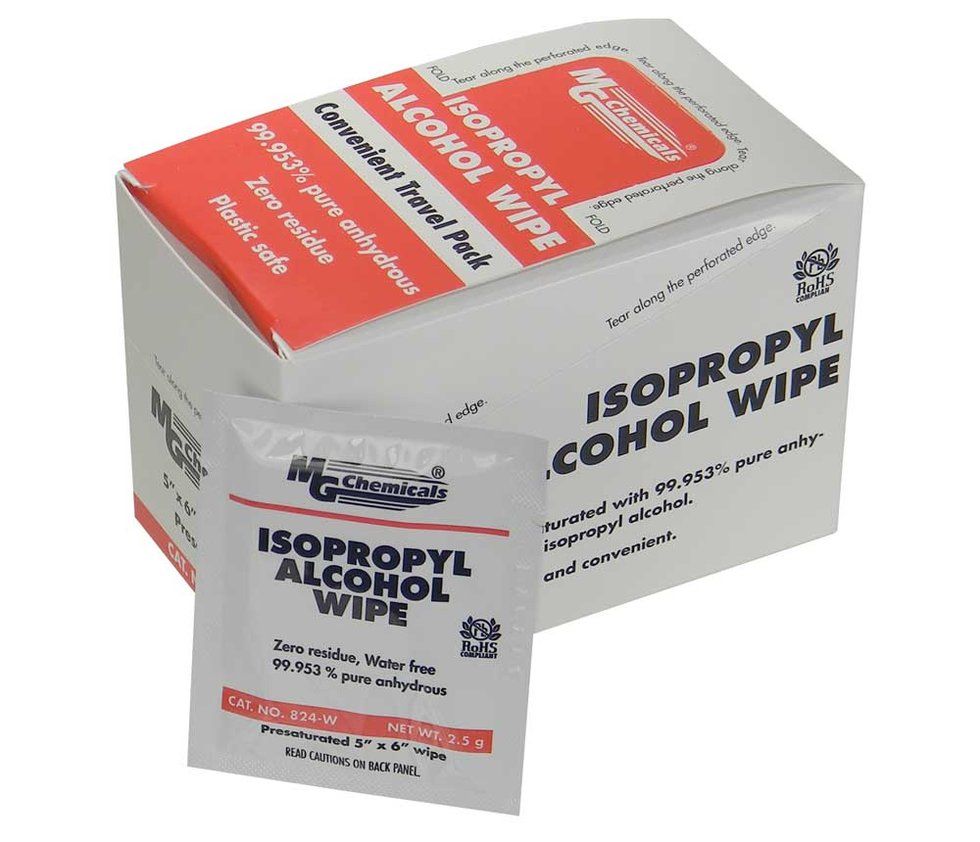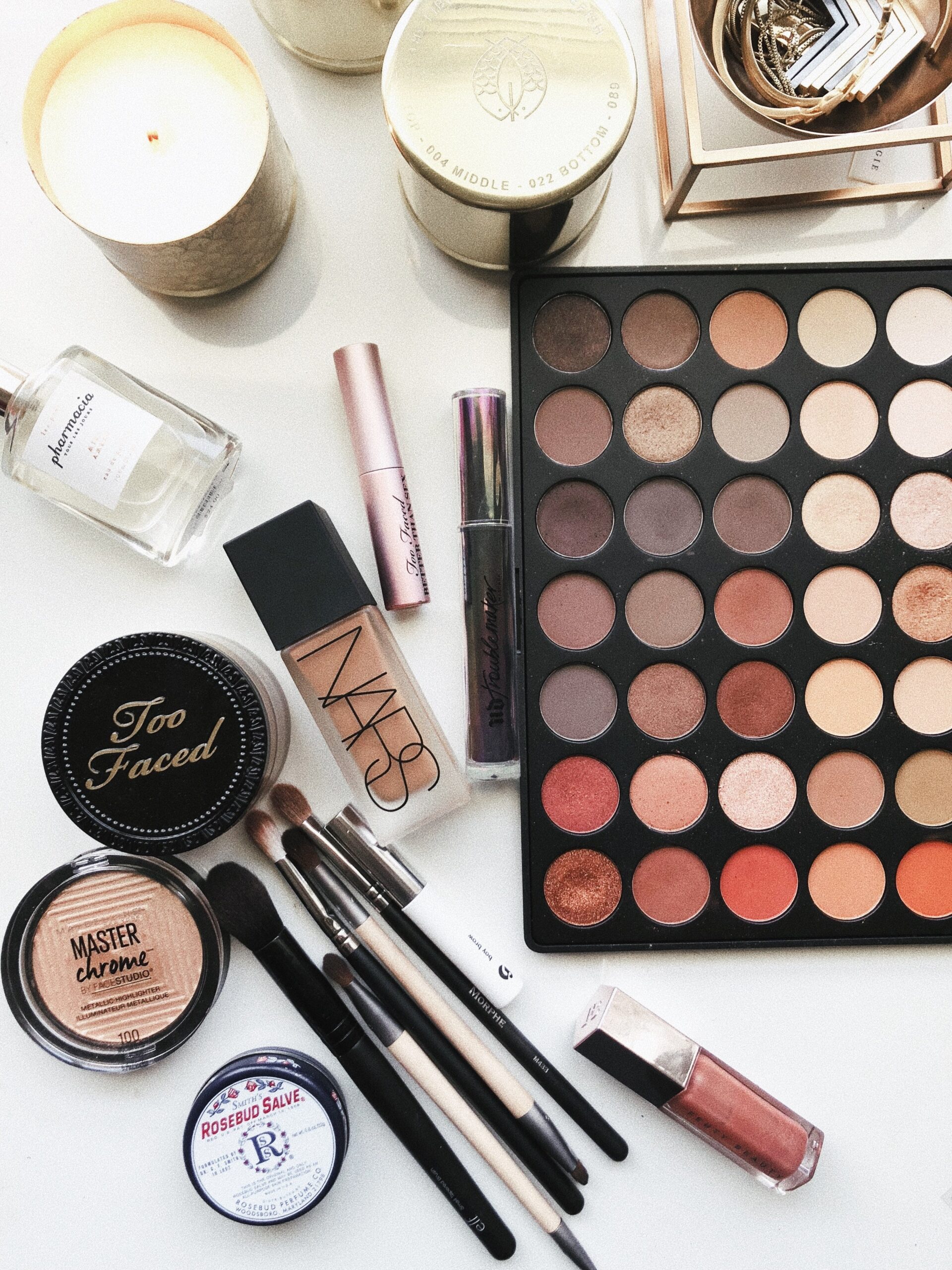Sometimes what lurks on that glamorous matte red lipstick is, well, not so glamorous.
In 2017, a California woman sued Sephora claiming she caught herpes from a lipstick tester. In fact, an infamous two-year study released in 2005 of makeup testers found staph, strep, and E. coli bacteria on samples, the Los Angeles Times reported. Big surprise: makeup samples were especially grody on Saturdays.
But it’s not only in public that makeup gets grimy. It’s in the average woman’s makeup bag. In 2015, 169 cosmetic-related infections were reported to the Food and Drug Administration—and that’s just the ones that were reported.
That same year, after borrowing a friend’s makeup brush, a 27-year-old Australian woman was reportedly paralysed after contracting an infection that attacked her spine. The friend had a staph infection on her face, and while staphylococcus epidermidis is a bacteria commonly found on the face and in nasal passages, MRSA (methicillin-resistant staphylococcus aureus) is an antibiotic-resistant strain.
These are freak occurrences, for sure, but most of us aren’t keeping our beauty bag as spic-and-span as our kitchen counters—us included. A recent study from Stowaway Cosmetics and Poshly found that 89 percent of women hang on to old makeup “just in case.” Plus, fewer than one in five of us toss mascara within the recommended three months.
“I sat down with the trash can last week and I still couldn’t throw even half of it away,” Tracy Turnure, Miss Washington USA 2010, told Today. “I’m just hanging on to this idea of, ‘Maybe I’ll need that eye shadow, or that perfect red color!'”
We so get it—we paid big bucks for that product, and it seems a shame to trash it. But even when they’re not contaminated with untreatable viruses or antibiotic resistant bacteria, germy and expired cosmetics can cause skin irritation, eye infections, and—this is really scary—breakouts. The solution isn’t so complicated. We just have to keep our makeup clean, and when the time comes, let it go.
“We should be sudsing up our tools on a weekly basis — at least — in order to prevent bacteria buildup,” reports beauty bible, Allure. Here’s how to clean your beauty toolkit the right way. The good news? It’s real simple.
The Solution: Alcohol Spray
“For most products, you can spray them with alcohol or use an alcohol wipe on the outermost layer — when it dries, it’ll be clean,” Susan Whittier, PhD, associate professor of clinical pathology and cell biology at New York-Presbyterian/Columbia University Medical Center, told BuzzFeed Health.
Use It On:
- Pressed powders
- Cream makeup
- Metal tools
- Lining of makeup bag
How:
Fill a small spray bottle with the isopropyl alcohol. New York City makeup artist Andrew Sotomayor recommends Beauty So Clean. Hold the bottle a few inches away from the product and spray onto makeup once or twice. Let dry before using.
The Solution: Alcohol Wipes
Use It On:
- Lipstick
- Concealer sticks
- Metal tools
- Pencil eyeliner
- Lip liner
- Makeup bag (no use having clean supplies if they get stashed in a germy tote)
How:
Take an alcohol wipe—Beauty So Clean also makes these—and gently wipe the surface of the makeup. Allow to dry before using.
The Solution: Soap and Water
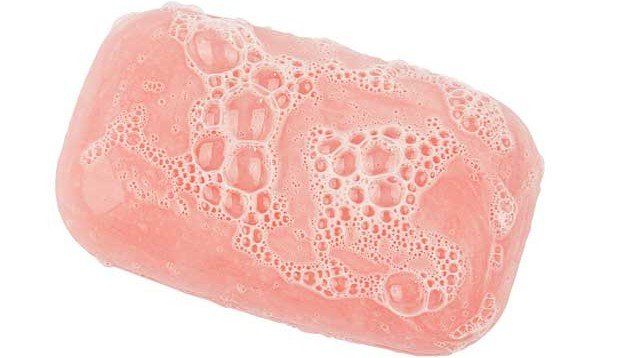 allthatandabarofsoap.files.wordpress.com
allthatandabarofsoap.files.wordpress.com
Use It On:
- Makeup sponges
- Brushes
How:
Massage wet sponges with a drop of gentle soap or cleanser, such as baby shampoo or Dr. Bronner’s. Rinse until water runs clean. Brushes take a bit more care. Wet bristles with lukewarm water. Place a dab of soap or cleanser into the palm of your hand and gentle massage and swirl the tips of the bristles in your palm. Rinse bristles and squeeze out excess moisture with a clean towel. Reshape the brush head and let dry with its bristles hanging off the edge of a counter.
And then, you need to know when to give up the shimmery, highlighter ghost. Not to wash, but to toss. Makeup companies aren’t required to label their products with expiration dates, so you’ll need to keep track of this yourself. If you’re a fan of natural products, the shelf-life might be extra-short. To err on the side of caution, contact the manufacturer.
“Most reputable companies put their products — ‘all natural’ or not — through a microbial challenge,” Ni’Kita Wilson, a cosmetic chemist at Cosmetech Laboratories in Fairfield, NJ, told Good Housekeeping. Ask for the results.
Then, set an alert on your phone or apply a color-coded sticker from the office supply store or TimeStrip.
When to Toss Your Makeup
Every season:
Toss your mascara and liquid liner
Every six months:
Toss your liquid foundation
Every two years:
Toss your powder-based cosmetics (such as pressed powder and shadows), lipsticks, and nail polishes
And, consider this: A cleaned-out makeup bag is an opportunity to put your best foot forward in a fresh, new way. Sheer, matte lipstick for spring? We’re in.


